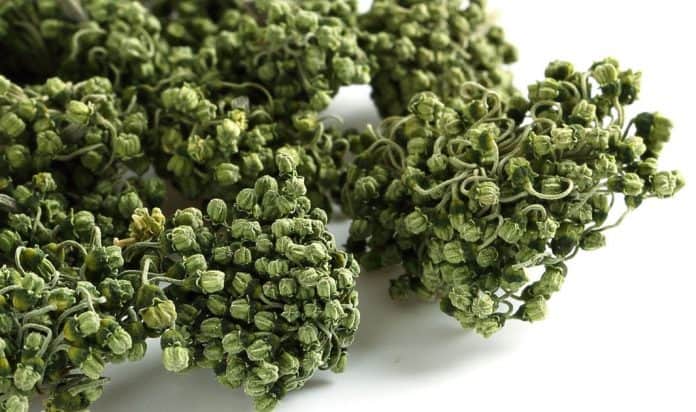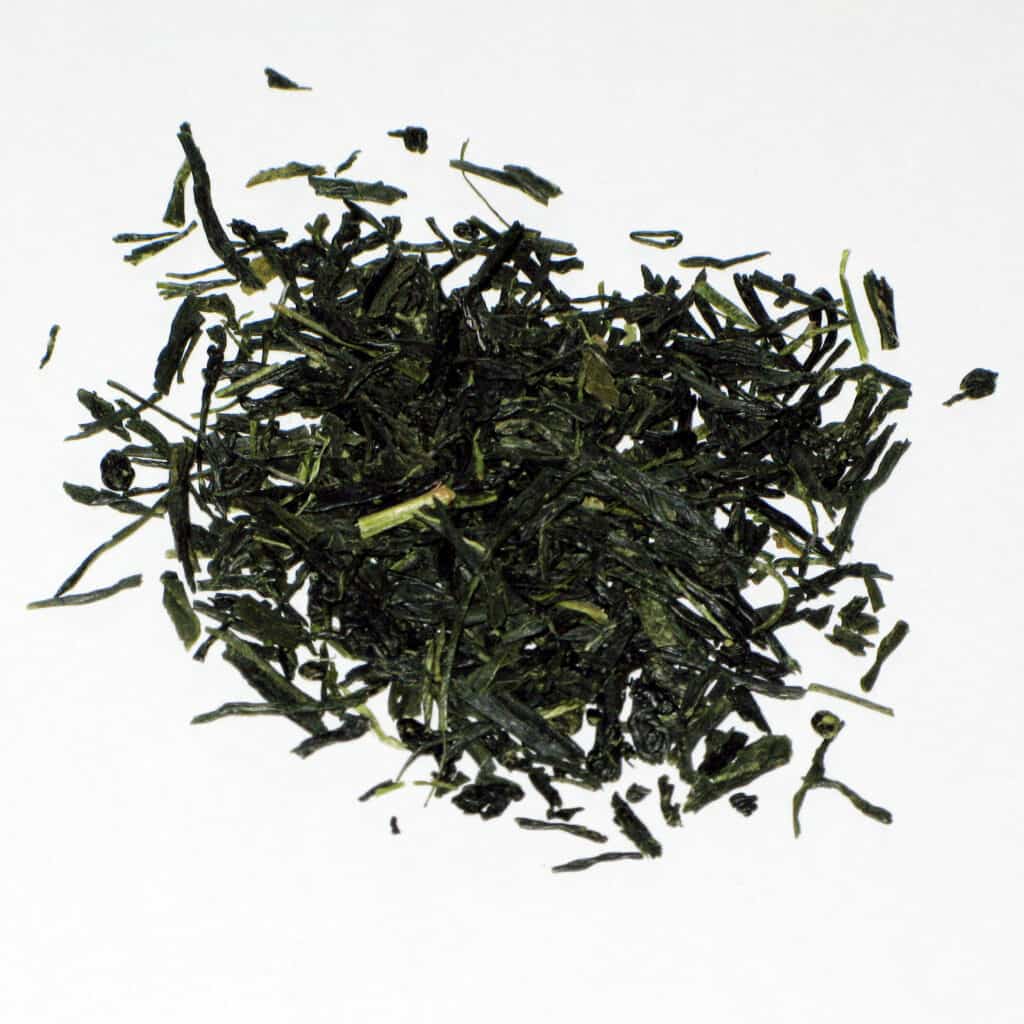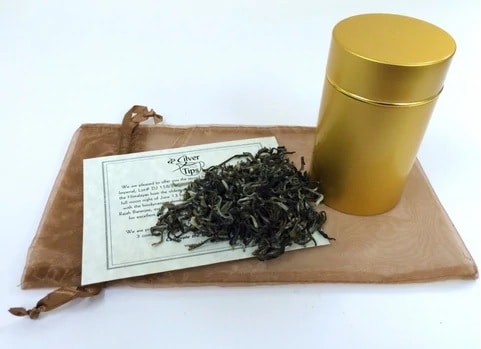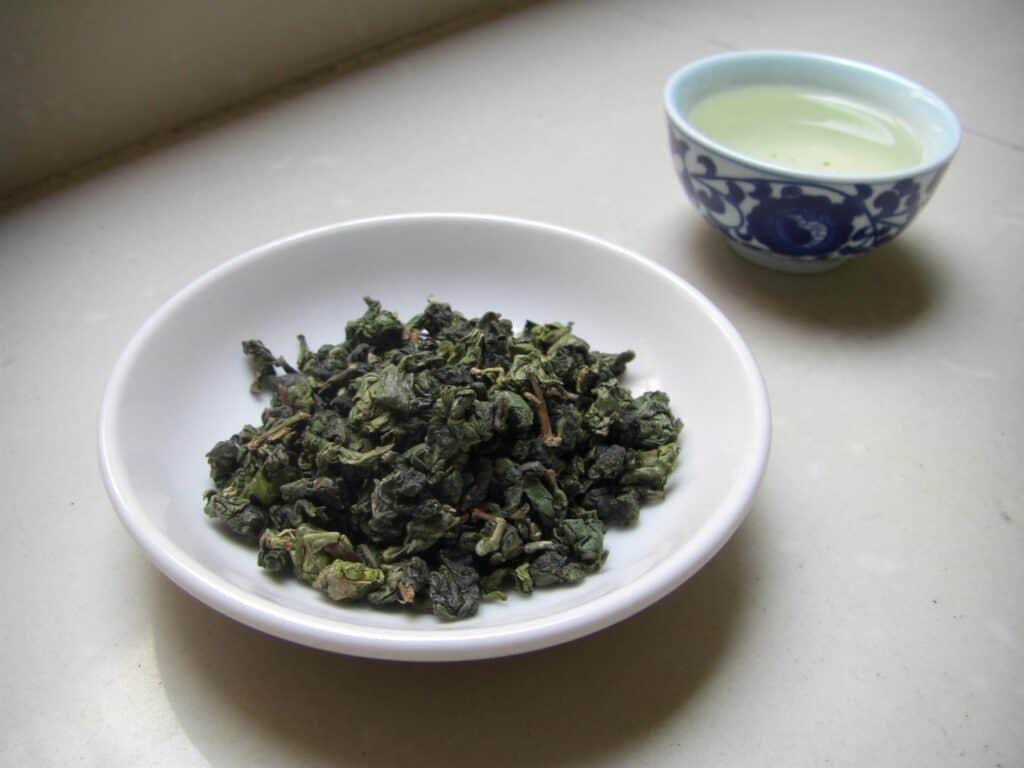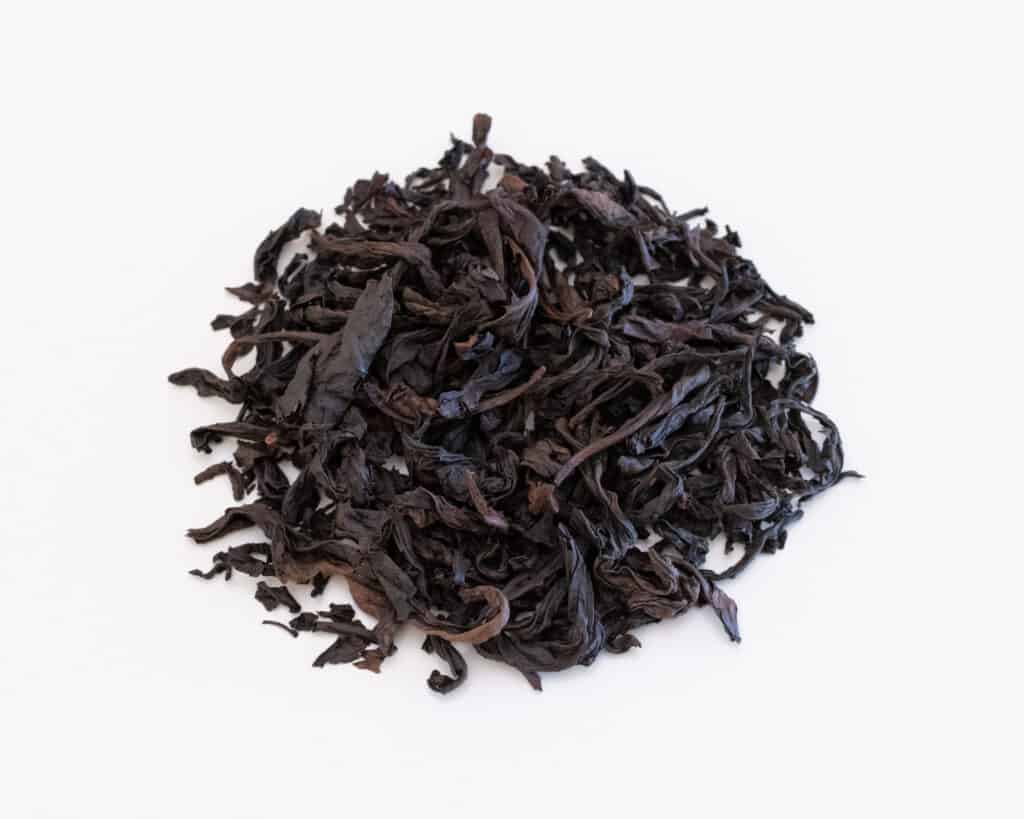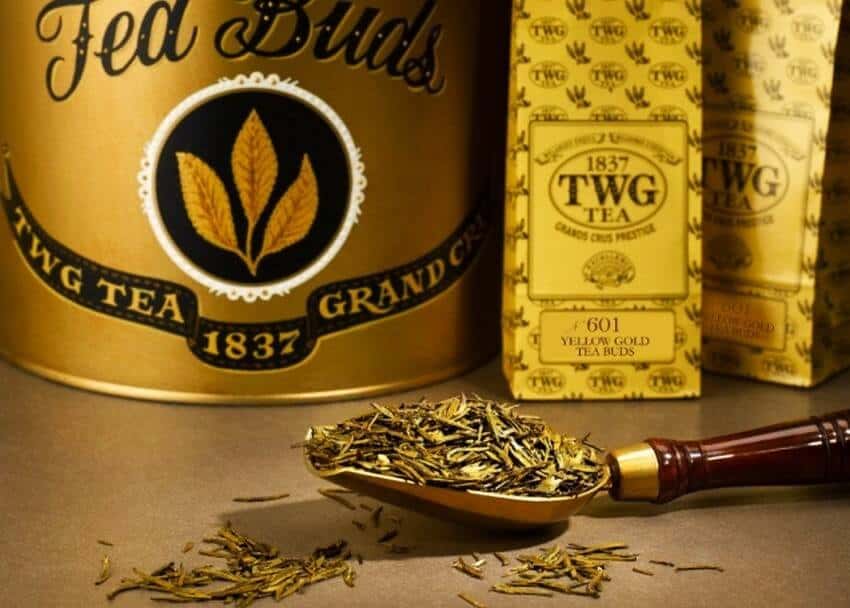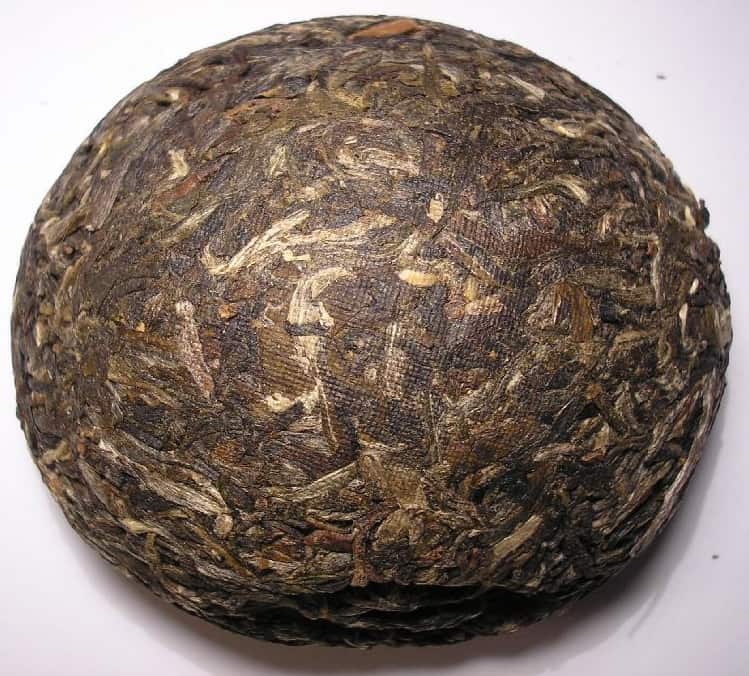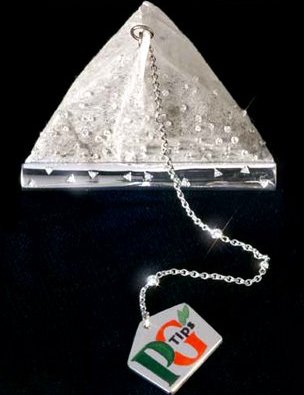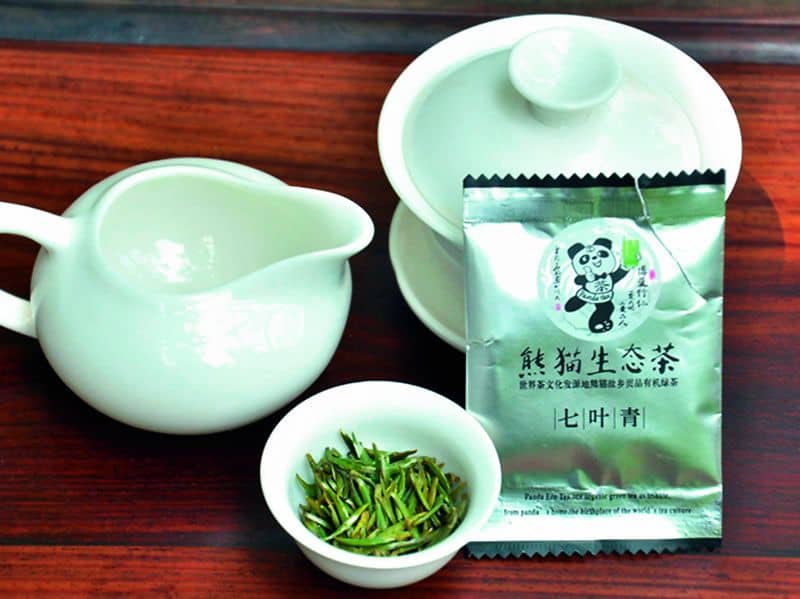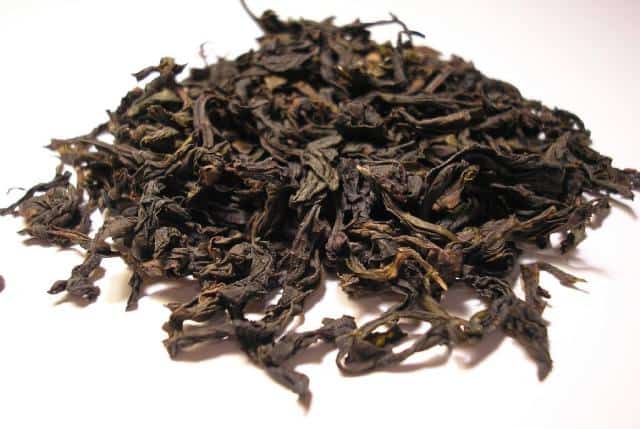Tea is a beloved drink around the world and in general it’s affordable to nearly everyone. With countless of varieties available, of course there are some teas that are pricey. The most expensive teas in the world cost hundreds and thousands of dollars per kilogram. The top most expensive tea on this list costs an eye-popping $1.2 million and is incredibly rare. If you ever have the chance to sample some of the teas on this list, don’t pass on the opportunity even if you aren’t a tea lover.
- Tienchi Flower Tea
- Gyokuro
- Silver Tips Imperial
- Tieguanyin
- Vintage Narcissus Tea
- TWG Yellow Gold Tea Buds
- Pu-erh Tea
- PG Tips Diamond Tea Bag
- Panda Dung Tea
- Da Hong Pao
Country of Origin: Yunnan Province, China
Type of Tea: Herbal Tea

photo source: kitucafe.com
Tienchi Flower Tea is an herbal tea that is prized for its health benefits. The flower grows in Yunnan Province, China and is rare because the flowers only grow once every three years. Currently, Tienchi Flower Tea costs about $200 per kilogram.
Tienchi Flower Tea is similar to ginseng and also has antioxidant and anti-inflammatory effects. In China, Tienchi Flower Tea is often enjoyed during the summer months because of its refreshing flavor.
Did you know?
Some of the touted health benefits of drinking Tienchi Flower Tea include higher energy levels, better sleep, better skin and liver health, and higher oxygen levels.
Country of Origin: Japan
Type of Tea: Green Tea

photo source: Wikimedia Commons
Gyokuro is the highest grade of green tea in Japan and the country’s most expensive tea. A kilogram of Gyokuro costs about $650. Gyokuro maintains a rich green color because it is partially grown in the shade instead of full sun like other types of Japanese green tea. At least 20 days prior to harvesting, the tea leaves are shielded from sunlight, which adds to production costs.
Gyokuro is prepared differently from other green teas. It is typically steeped at a lower temperature to draw out the best flavor.
Did you know?
Shading the Gyokuro increases the amino acid theanine and the alkaloid caffeine levels to increase in the leaves, which provides Gyokuro with its signature light sweet flavor.
Country of Origin: Darjeeling, West Bengal, India
Type of Tea: Oolong

photo source: silvertipstea.com
Silver Tips Imperial is the most expensive tea from India. The rare tea is only harvested on the Makaibari estate on clear, full-moon nights when the planets align to produce optimal harvest conditions. Such special tea comes at a cost of about $1,850 per kilogram.
Makaibari’s farmers use a celestial calendar to determine the perfect time to pick Silver Tips Imperial leaves during the picking season from March to October. The plants can only be picked four or five times during the harvest season. This very limited quantity also adds on to the price of Silver Tips Imperial.
Did you know?
Silver Tips Imperial must be picked at night and work must be finished before the sun rises because Makaibari’s farmers believe that sunlight alters the tea’s aroma and consistency.
Country of Origin: Anxi, Fujian Province, China
Type of Tea: Oolong

photo source: Wikimedia Commons
Tieguanyin is yet another expensive oolong tea from China. The best varieties of Tieguanyin cost about $3,000 per kilogram. Tieguanyin was first produced in Anxi, China in the 19th century. The area of Anxi that Tieguanyin is grown affects the tea’s flavor profile.
There are several different varieties of Tieguanyin, which are categorized by roasting level and harvest time. Varieties include: Jade Tieguanyin (lightly baked Tieguanyin that is similar to green tea) and Spring Tieguanyin, which has the best overall quality.
Did you know?
Tieguanyin tea is named for the Chinese Goddess of Mercy Guanyin, who is known in Japan as Kannon, and in Korea as Gwan-eum.
Country of Origin: Wuyi Mountains, Fujian Province, China
Type of Tea: Oolong

photo source: Wikimedia Commons
Vintage Narcissus tea, which is called Shui Xian in China, is another rare tea with a high price tag. According to different sources, Vintage Narcissus can cost as much as $6,500 per kilogram. The tea is grown in the Wuyi Mountains of China and is variety of oolong. Reportedly, Vintage Narcissus has an orchid-like aroma and a light floral flavor. Vintage (aged) Narcissus tea is expensive because the tea typically can’t hold up for more than 30 years. Any vintage over 30 years is incredibly rare.
Did you know?
“Shui Xian” means water sprite, which is why the tea is called Narcissus in English as a nod to the Greek mythological figure of the same name.
Country of Origin: China
Type of Tea: Yellow Tea

photo source: expatgo.com
Reportedly Yellow Gold Tea Buds are harvested on only one mountain, one day per year. TWG harvests only the tea buds from the top of the tree with golden scissors.
Did you know?
TWG Yellow Gold Tea Buds are sun-dried and heat treated in a process that gives the tea leaves a yellowish color and a soft flowery taste.
Country of Origin: Yunnan Province, China
Type of Tea: Fermented Dark Tea

photo source: Wikimedia Commons
Like some of the other expensive teas on this list, there is affordable, lower-quality, Pu-erh tea. However, the best, special grade Pu-erh is worth up to $10,000 per kilogram. Pu-erh is a fermented tea and like wine, its age affects its quality and its price.
There are two main styles of Pu-erh production: a traditional, longer production process known as shēng (raw) pu-erh; and a modern, accelerated production process known as shóu (ripe) pu-erh. In both methods, microbial fermentation is encouraged, which gives the Pu-erh a more complex flavor.
Did you know?
Making authentic Pu-erh is so serious that it is one of the few teas to be designated a protected origin product by the Chinese government. In order for a tea to be designated Pu-erh, it has to be made from the large-leaf subspecies Camellia sinensis var. assamica and grown in Yunnan Province.
Country of Origin: United Kingdom
Type of Tea: Oolong (bag filled with Silver Tips Imperial Tea)

photo source: Luxuo
Back in 2005, PG Tips, a famous tea brand from the United Kingdom, released a special diamond encrusted bag of tea. The PG Tips Diamond Tea Bag was created to raise money for the Royal Manchester Children’s Hospital and to mark PG Tips’ 75th anniversary.
Jewelry chain Boodles created the PG Tips Diamond Tea Bag. The tea bag was covered in 280 diamonds, but remained functional and was filled with real Silver Tips Imperial Tea.
Did you know?
The PG Tips Diamond Tea Bag featured 100, 2.56 carat diamonds on its sides, another 100 on the inside of the bag, and 80 diamonds on the bag’s white gold “string.”
Country of Origin: Ya’an Mountains, Sichuan, China
Type of Tea: Green Tea

photo source: deccanchronicle.com
Despite its name, Panda Dung Tea isn’t what you’re thinking. The tea is just regular green tea that is fertilized by panda poop. Each cup of Panda Dung Tea costs $200, which amounts to about $70,000 per kilogram.
The tea is grown in the Ya’an Mountains of Sichuan, China. An Yanshi, the businessman making the tea, claims that the green tea is healthier because pandas only eat wild bamboo and absorb around only 30 percent of their nutrients. According to Yanshi, this means that the remaining 70 percent of nutrients remain in the panda’s droppings.
Did you know?
When the news about Panda Dung Tea first came out, its creator An Yanshi defended the steep price by saying most of the profits would be diverted into an environmental fund and that future batches would become cheaper.
Country of Origin: Wuyi Mountains, Fujian Province, China
Type of Tea: Oolong

photo source: Wikimedia Commons
With a price tag equivalent to $1.2 million per kilogram, Da Hong Pao is most expensive tea ever in the world. While there are cheaper versions of Da Hong Pao around, original Da Hong Pao is so expensive because of its rarity. Today, there are only six mother trees remaining on the stiff cliff of the Wuyi Mountains in Fujian Province, China.
Since 2006, the Da Hong Pao mother trees have been protected plants and no one is allowed collect tea from the trees without government permission. One of the last batch of Da Hong Pao harvested and made from the mother trees has been collected in the Palace Museum in Beijing. In 2005, a 20g bag of Da Hong Pao was sold for ¥208,000 at auction; this is the highest auction record for Da Hong Pao.
Did you know?
In 2006, the Wuyi city government insured the six Da Hong Pao mother trees for a value of 100 million RMB (about $15.7 million USD).

